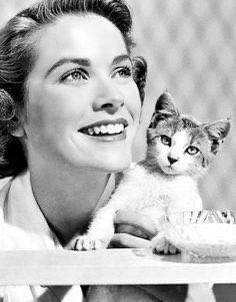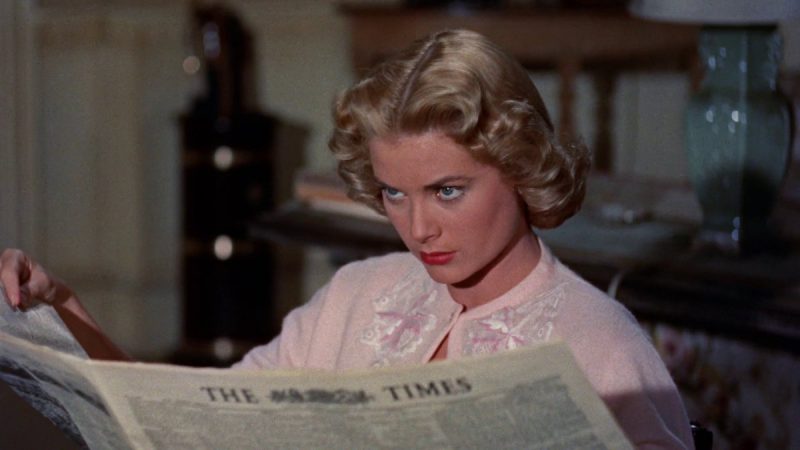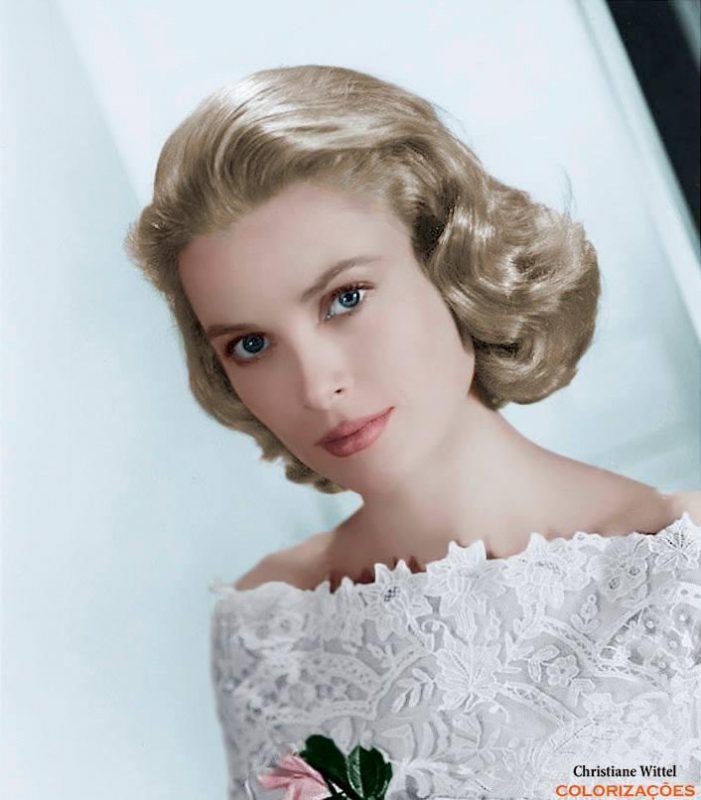People always forget this former actress turned Princess was a yachter first and foremost.
Whether it was a producer she was hooking up with in her dressing room at the studio in between takes or bedding a businessman or a King, money was always on her mind.
Everyone talked about it at the time, but now people only remember the myth that she was some kind of angel.
Grace Kelly


Checking In! Grace Kelly, Little Edie, Liza Minnelli, and the Untold History of the Barbizon Hotel for Women
Throughout the late 1940s and early 1950s, requests for rooms at the Barbizon Hotel for Women grew exponentially. Meche Azcarate from Mexico, for example, was forbidden by her mother to stay anywhere other than the Barbizon. But even if left to her own devices, she would never have wanted to stay anywhere else; she loved “the atmosphere of a sorority house,” where “you can never run out of bobby pins.” The hotel manager Hugh J. Connor, with the help of assistant manager Mrs. Mae Sibley, was now finding it a challenge to coordinate all the various reservations. Together they calculated that close to “100 famous fashion models, radio and television actresses” along with many more “stage and screen hopefuls, girls studying art, music, ballet and designing” were residing at the Barbizon at any given time.
Phyllis Kirk, lead actress in The Thin Man television series, stayed at the Barbizon at her mother’s insistence. Shirley Jones, later to star as David Cassidy’s on-screen mother in The Partridge Family (as well as become his real-life stepmother), was dropped off at the Barbizon by her parents with $200 in her pocket. Sure enough, she walked into the weekly open auditions for all the Rodgers and Hammerstein Broadway shows, and the casting director, upon hearing her sing, sent everyone else home. Judy Garland insisted her daughter, Liza Minnelli, stay at the Barbizon and drove the staff crazy by calling every three hours to check up on her, and if she wasn’t in her room, they were ordered to go find her.
The postwar Barbizon now staked its claim as New York’s “dollhouse,” as the place to spy shapely young females, made all the more alluring by being tantalizingly out of reach in their sequestered, women-only lodgings. The dollhouse was a place many men dreamed of. Even J. D. Salinger, the elusive author of the 1951 novel Catcher in the Rye, hung about the Barbizon coffee shop to pick up women. He was often there after his girlfriend, Oona O’Neill (daughter of the playwright Eugene O’Neill), married Charlie Chaplin without warning. Chaplin could make her laugh; Salinger could not. But Salinger had other attributes. One Barbizon resident recalled that “I’d never encountered such intensity in a person.”
Many men tried to breach the Barbizon’s security cordon. Sibley was used to being called to the reception desk to speak to someone claiming he was a doctor on call to see one of the hotel guests: “No doubt he’ll be 20 years old and will take care that I see part of a stethoscope sticking out of his pocket. It’s the oldest gag in the Barbizon.”
Carolyn Schaffner was the kind of young woman that a man might dress up in hospital scrubs to try to see. Carolyn, of Steubenville, Ohio, looked a lot like Audrey Hepburn, with pale skin and black hair that shone as if it had been brilliantined. She wanted one thing: to get out of smog-covered Steubenville. Carolyn understood that dreams needed to be worked at. She studied fashion magazines, models’ expressions, hand gestures, and when it was time for the town to choose its Queen of Steubenville in celebration of its 150-year anniversary, Carolyn canvassed. She went door-to-door making her case, even as she was known to be the prettiest girl in town. She understood one cannot leave dreams up to chance. As the winning queen, riding in the parade, hoisted high, waving to the people of Steubenville, she was offered the choice of a trip to Hollywood for a screen test or $500. Carolyn chose the cash. It was 1947, and she was 19 years old when she boarded the train to take her to New York; no one in her family came to see her off because her mother had to stay home to make dinner for her stepfather.
It took Carolyn one full day to travel by train from Ohio to Penn Station in New York. She did not know much about New York, but enough to flag down a yellow cab and ask for the Barbizon. It’s what all the fashion magazines she studied so earnestly told her: the Barbizon was the only place to stay for a young girl new to the city. She went in through the revolving doors and looked about her. Walking up to the front desk, she asked to see someone about a room. Sibley appeared and asked for Carolyn’s references, which—being as well organized about her life as she was—she had brought with her. With the Depression long over and the postwar boom in place, Sibley, at the Barbizon since 1936, was heavily invested in her vetting system. A former front-desk employee recalled that Sibley’s “first test of getting in, after she knows you can pay, seems to be how pretty you are.” Sibley would say she looked out for the hotel’s exclusivity; others would say she commodified the young women who came through the Barbizon’s doors, knowing full well that their attractiveness added to the notoriety of the hotel.
Sibley laid out the rules to Carolyn: no liquor in the rooms, preferably no late nights out, or certainly not enough of them in a row to set off alarm bells about possible improprieties. In the afternoons, free tea was served, particularly handy for those low on funds—although Sibley did not say as much—and there were card games, backgammon, and lecture series in the evenings. Carolyn knew about the no-men-allowed rule but was surprised to hear that after sundown, male elevator operators were switched out for female ones.
Carolyn found her room sparse and small. But although the tiny room felt “like being in a closet,” she did not mind; the floral drapes and matching bedspread gave everything a homey feel. She took off her shoes, sank her stockinged feet into the green carpet, and reached for the speaker box above the bed: she turned the knob, and classical music hummed through the room. She had found escape at $18 a week. – Source

Read more on these Tags: Grace Kelly, Old Hollywood








